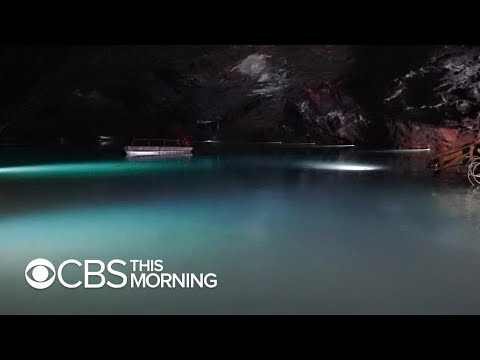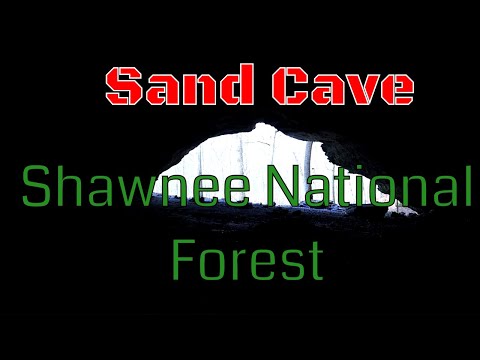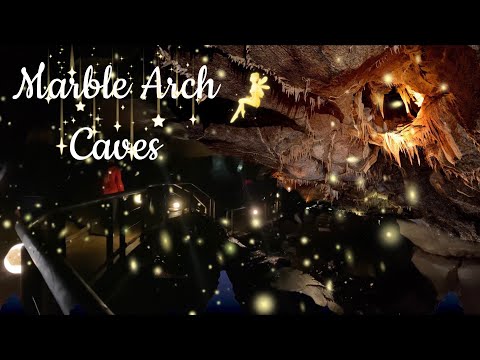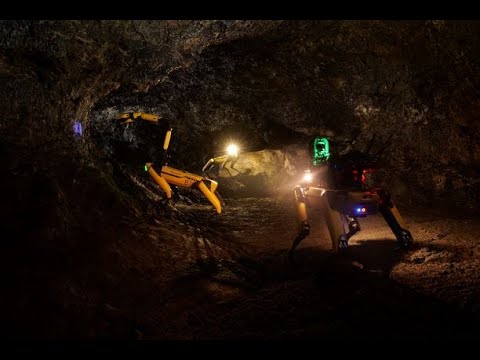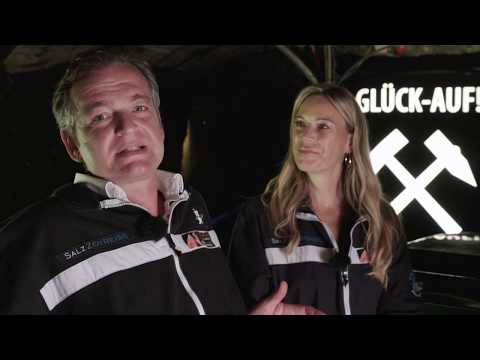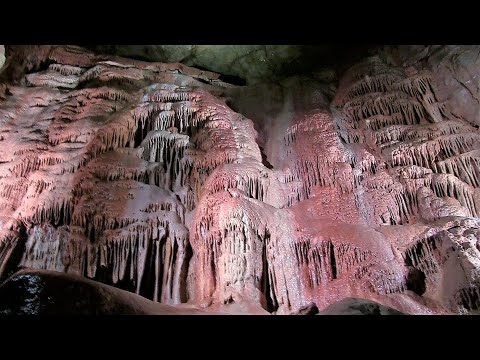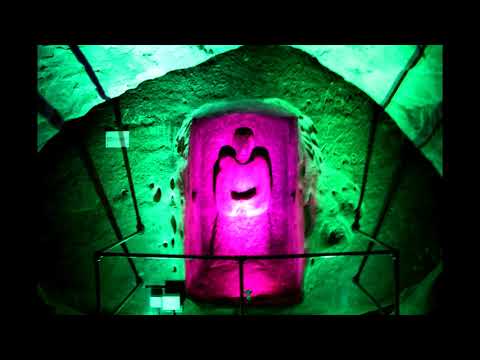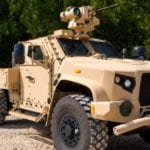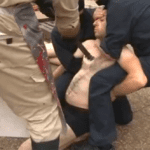The ones on this list were, at one time or another, used for unusual and sometimes bizarre things that go beyond simple exploration. So let’s go deep and discover all the possibilities you can choose from the next time you find yourself in a cave.
10 Dancing, Cockfights, and Moonshining
The Lost Sea, the largest underground body of water in the United States, is near Sweetwater, Tennessee, in Craighead Caverns, but this feature is not the only one that the caverns offered in times past. According to the history of this extensive cave system, the decision in 1915 to open the caverns to the public resulted in the installation of a dance floor in one of the system’s large upper rooms. Musical and theatrical presentations were also performed. For those who sought to slake their thirst for blood, cockfights were also a regular feature of underground entertainment. In addition, the caves were the site of liquor stills in which bootleggers distilled white lightning.[1]
9 Ku Klux Klan Meeting Place, Speakeasy, and Concert Hall
The Fantastic Caverns in Missouri’s Ozark Mountains, which today feature a “drive-through” attraction operated by the Trimble family, owners of the Shepherd of the Hills Outdoor Theatre in Branson, were once put to a much worse use. After a dozen members of the Springfield Women’s Athletic Club explored the caves in 1867, at the invitation of the owner, John Knox, no one else entered the caverns until the Ku Klux Klan (KKK) began holding meetings in the Grand Ballroom, as one of the cavern’s chambers was known. Fortunately, the period during which the white supremacist hate group occasionally occupied the caves was brief. Several years after police finally shut down the operation, the caverns were put to another use. The tenancy of the speakeasy that operated in Fantastic Caverns shortly after Prohibition outlawed the importation and the brewing or distillation of alcoholic beverages as well as their possession, storage, transportation, sale, or consumption was of a longer duration than the period of the KKK’s meetings. In addition to serving mixed drinks, the underground speakeasy offered patrons “gambling and all sorts of carousing.” After the police closed the speakeasy, another commercial use was found for Fantastic Caverns when, during the 1950s, a country music show, Farm-A-Rama, was taped in the auditorium room. Like the seedier operations that had called Fantastic Caverns their home, however temporarily, the Farm-A-Rama show’s use of the caves didn’t last long, despite appearances by such celebrated country music stars as Tom T. Hall and Buck Owens.[]
8 Underground Railroad Shelter
As the U.S. Department of Agriculture website notes, Sand Cave in Illinois, west of Crow Knob and north of the Miller Grove Community, was a stopping point on the Underground Railroad, offering shelter and protection to runaway slaves seeking to escape to the north. The cave was well-concealed among the area’s dense forest and rugged terrain. Sand Cave may not have been the only such sanctuary in the region since such spots as Ox-Lot, Brasher Cave, and Fat Man’s Squeeze offered other places to lie low for a while without the likelihood of being found.[3]
7 Playhouse
In July 2013, Samuel Beckett’s play Not I was performed in the underground theater in the Marble Arch Caves in Northern Ireland. The Happy Days Enniskillen International Beckett Festival has become renowned for its site-specific events, one of which featured cantos read aloud by reporter Jessica Campbell and others following the presentation of Beckett’s play. Campbell describes Clara Simpson’s performance of Not I as powerful and meticulous: “With only her mouth visible by spotlight in the darkness, she performed the fast-paced Beckett play without any flaws, firstly in English, and then in French, leaving the audience in awe of her talent and contemplating what was to come next.” Next came the audience’s departure by boat as they “began their journey through Hell,” amid the babble of the voices of the lost, as Campbell added her own reading of Danté’s dark words describing the horrors of Hell. The theatrical group took pity on the audience, though, as opera singer Ruby Philogene began her “angelic rendition of Dido’s ‘Lament,’” lifting the darkness and replacing it with hope before she physically led the audience from the depths of Hell to the light of the natural world above, singing “Amazing Grace.”[4]
6 Concert Hall
The Arwah Cave at Sohra, Meghalaya, India, became a concert hall on July 16, 2022, when a musical took center stage, with musicians percussion and string instruments and vocalists belting out songs. The production, “KI Sur Na Pubon,” translates as “message from the cave.” Clean Sohra Campaign leader Alan West Kharkongor explained that the message relates to assuming the responsibility of protecting and preserving mother nature, whether nature is represented by “the cave, the streams, [or] the waterfalls.” At the same time, a folk-fusion band, Kit Shangpliang of Summersalt, which performed in the show, saw the event as an opportunity to promote young musicians as the event showcased one of Meghalaya’s “scenic natural assets.”[5]
5 Rehearsal for Extraterrestrial Exploration
As reporter Paul Rudder notes, NASA personnel believe that extraterrestrial caves, such as those found on Mars, are one of the best places to look for life since such environments offer natural “protection from cosmic rays and extreme temperature fluctuations.” NASA already has the robots on hand that are needed to conduct such searches, but the robots must be tested and perfected before they are deployed in extraterrestrial caverns. Fortunately, Earth provides Mars-like caves that NASA’s Project Braille can use to accomplish this purpose. The artificial intelligence known as NeBula will allow the robots to process data and make decisions independently of human input, but the “brain” will require special protection from temperatures and radiation. SPOT, a Boston Dynamics automaton that the company describes as “an agile, mobile robot that navigates terrain with unprecedented mobility,” will provide such protections. It also responds well to NeBula’s high-level decisions and commands. Not only is SPOT equipped with wheels, but it is also able to walk, an ability that will allow it to traverse uneven terrain without the benefit of roads and flat surfaces. Such capabilities are essential since “robots won’t be able to communicate with scientists once they are inside the caves.” SPOT can also see, hear, and think robotically while also carrying the necessary amount of scientific equipment and keeping up a “reasonable amount of stability, speed and endurance while it navigates another world.” The rehearsal for extraterrestrial exploration represented by SPOT’s investigations of Earth’s caverns should also help NASA to reach another goal: the creation of robots that can perform missions with complete autonomy.[6]
4 Therapy
The rich rock salt deposits of Salt Healing Cavern Berchtesgaden in Germany’s Bavarian Alps benefit visitors’ health. According to the cavern’s operations manager Jan Freiherr von Werthern, the site allows people to immerse themselves in the energy of millions of tons of natural salt from the original ocean 250 million years ago, thus alleviating stress while promoting deep relaxation. During a three-week stay featuring two hours inside the cave daily, visitors say they experience “improvements in a range of conditions including hay fever, depression, asthma, bronchitis, rheumatism, allergies, and sleeplessness.” Part of the treatment seems to involve a sort of meditation during which guests take note of salt vein patterns while they let energy sink in. Of course, such therapy has yet to be “universally accepted as a complementary treatment by the medical industry.” If anecdotal evidence is any indication of the effects of such alleged therapy, it worked for an elderly man who said the treatment made him feel as if he had had his “batteries fully recharged” and left him feeling relaxed, revitalized, healthier, and refreshed.[7]
3 Funerary Rites
During the Ice Age, Britons ate each other, writes Lisa Hendry in her online article for the Natural History Museum in London. No, they weren’t starving. They had, however, become adept at butchering and carving human remains, says museum scientist Dr. Sylvia Bellows. The discovery of a group of remains in Gough’s Cave in Cheddar, Somerset, England, indicated that the bones of a teenager and a young child had been chewed by others. The children’s long bones, like their ribs, had been cracked open and gnawed, the better to “extract marrow and grease.” Skulls had also been shaped into drinking vessels and bowls. According to the article, the dead were Magdalenians, a cultural group of Cro-Magnon hunter-gatherers from southwest Europe who had likely immigrated from Belgium and the Netherlands about 15,000 years ago, when Britain and central Europe were still linked by a land bridge. Warmer weather—the climate had begun to warm up—may have motivated their migration. What led to cannibalism? The cause was not a lack of food; there was an apparent abundance of animal meat. The transformation of skulls into cups and bowls, a painstaking process, suggests a possible symbolic meaning related to a ritual. And the cannibalism itself, like the engravings found on the bones, “may have been a way of remembering the deceased’s life or death.”[8]
2 Air Raid Shelter, Ballroom, and Music Venue
The St. Clements Caves in West Hill in Hastings, East Sussex, England, were formed in part by nature and in part as the result of sand mining. Although rumor has it that the caves were used by smugglers, no evidence supports this claim. The fact is that the caves were used as a hospital, the Historical Hastings website states, adding that the caves were also used as an air raid shelter and, later, as a ballroom/music venue. During World War II, the caves, which could accommodate 900 people, did double duty as an air raid shelter and a repository for the safe storage of archive material.” As Diana Tanner recalls her family taking year-long nightly refuge in the caves during the war, the makeshift air raid shelters were equipped with triple-decker bunk beds so narrow that her mother tied Diana and the rest of the family in place to prevent them from falling off the beds in their sleep. Most mornings, the family awakened covered in a fine coating of damp sand. Like everyone else, her mother, Diana remembers, panicked when a bomb fell nearby, the concussion of its blast shaking the area. Fearing that she and her loved ones might be buried alive should another near-miss befall them, she called an end to them taking nightly refuge in the caves. After the war, the caves were put to other uses, with the Rolling Stones and other bands performing in the shelter-become-a-ballroom. Dinners, other functions, as well as tours of the caves were also featured. The website’s photographs depict both the horror of war (children participating in a “gas mask drill” inside the caves in 1941) and happier later pastimes, such as concerts and guests lining up for a tour of the caves.[9]
1 Film Location
Many films, in a variety of genres, have been shot inside caverns, including the horror movie The Descent (2005), the historical drama A Passage to India (1984), the action-thriller Sanctum (2011), and the science fiction film Journey to the Center of the Earth (2008), to name but a few. Something about the close confines of dark, winding caverns and the possible presence of bats, or even monsters, seems to make such locations intriguing to filmmakers across the storytelling spectrum. Watch this video on YouTube One of the most recent movies to have been filmed in such a location is Thirteen Lives (2022), directed by Ron Howard and starring Viggo Mortensen, Colin Farrell, and Joel Edgerton. The movie is based on the 2018 rescue by Thai officials, experts, and Navy SEALs of the twelve members of a football team and their coach, who were trapped for eighteen days inside the Tham Luang Nang Non cave in northern Thailand. The cinematography brings the harrowing ordeal of the thirteen trapped spelunkers alive so that audiences can themselves experience the claustrophobic tight spaces of the narrow, water-filled corridors of the Tham Luang cave network. Filming the movie was terrifying, Farrell revealed in an interview with Entertainment Tonight. Recalling the configuration of the set, an “impressive network of caves based on the topography of the caverns and filled with water,” Farrell, who admitted that he is not the best swimmer, found shooting scary. He noted, “once [the cast and crew] had descended into the artificial caves, there was no way up.” Adding to the fright, the underwater scenes were filmed indoors in the dark, making it impossible for Farrell to get his bearings. “There’s a lot to be said for being able to look up in water and see the surface,” Farrell explained. “So when you can’t, and there’s actually a ceiling over your head, and there’s no air at all, it just wreaks havoc on my mind.” Fortunately, the movie’s cast and crew, like the coach and his football team, survived their respective ordeals.[10]
